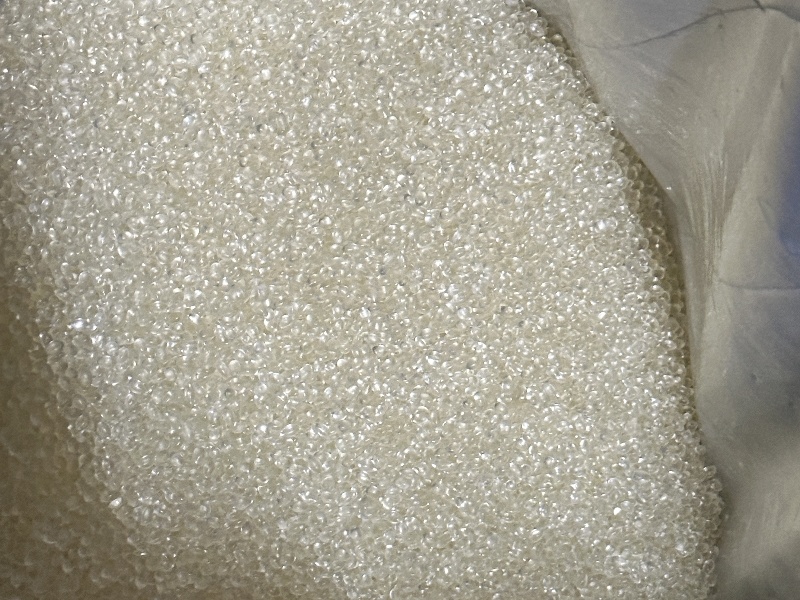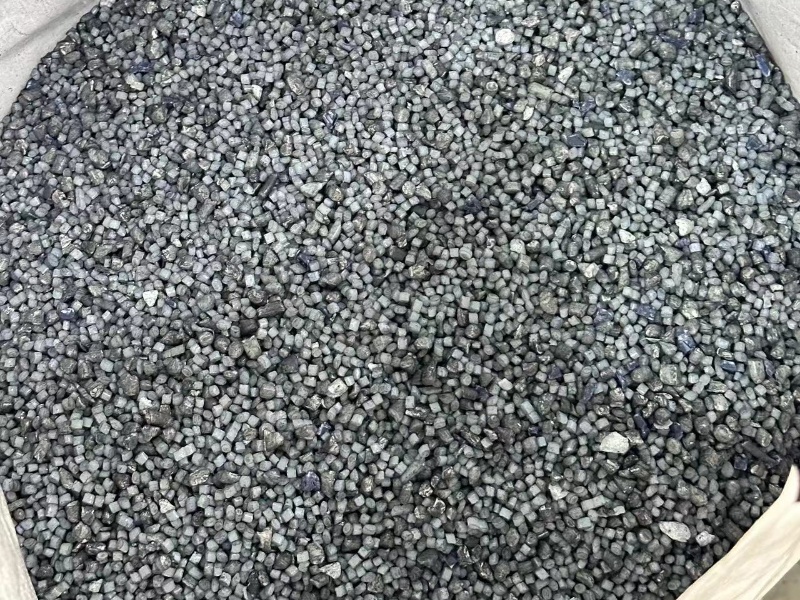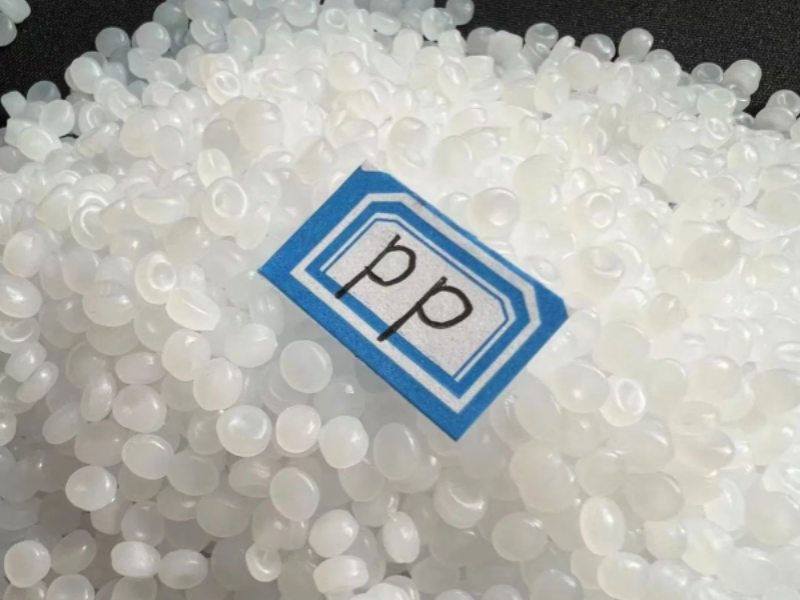What is silk printing? Screen printing is pressing ink through a stencil screen to create a printed design. It is a broad technology that is widely used in different industries. The process is sometimes called screen printing or screen printing, but these names essentially refer to the same method. Screen printing can be used on almost any type of substrate,but if uneven or rounded surfaces. This article looks at the different materials that can be used in screen printing methods, specifically plastics.
What Materials Can Be Used For Silk Printing?
Screen printing is first used on fabric and paper materials. It can print graphics and patterns on fabrics such as silk, cotton, polyester and organza. Screen printing is well known, anyone fabric that requires some form of printing can be used for screen printing. But different inks are suitable for different materials, including ceramics, wood, glass, metal and plastic.
Silk printing except be used in clothes or paper materials, now manufacturer also use it in plastic products to make more beautiful.
The plastic material suitable for silk printing main have these:
Polyvinyl chloride: PVC has the advantages of bright color, crack resistance, acid and alkali resistance, and low price. However, some materials added during the production of PVC are often toxic, so PVC products cannot be used for food containers.

Acrylonitrile Butadiene Styrene: ABS resin plastic is an engineering plastic that has been widely used in televisions, calculators and other products in recent years. Its characteristic is that it is easy to process and shape. Polyethylene plastic is widely used and can be made into various finished products through extrusion, injection molding and other molding processes.

Polypropylene: PP has always been one of the important plastic varieties suitable for all molding methods. It can process various pipes, boxes, containers, films, fibers, etc.

How Screen Printing Plastic Works?
Different methods of screen printing exist, but they all use the same basic technology. The screen consists of a grid stretched over a frame. The mesh can be a synthetic polymer such as nylon, with finer and smaller mesh apertures used for designs that require more detail. The grid must be mounted on a frame that is under tension to operate. The frame that holds the mesh in place can be made from materials such as wood or aluminum, depending on the complexity of the machine or the craftsman's procedures. A tensiometer can be used to test the tension of the web.
Create a template by blocking out part of the screen in the negative of the desired design. Open spaces are where the ink appears on the substrate. Before printing, the frame and screen must go through a pre-press process in which emulsion is "scooped" onto the screen.
After the mixture dries, it is selectively exposed to UV light through a film printed with the desired design. Exposure hardens the emulsion in the exposed areas but softens the unexposed parts. They are then washed away with a water spray, creating clean spaces in the grid in the shape of the desired image, which will allow the ink to pass through. This is an active process.
The surface that supports the fabric is often called a pallet in fabric printing. It is coated with wide pallet tape which protects the pallet from any unwanted ink leakage and possible contamination of the pallet or transfer of unwanted ink to the next substrate.
Plastic Screen Printing Applications
In recent years, printed electronics technology has had an increased demand for thin-film coating for thinner electronic devices with higher density internal structures, improved printing position accuracy for supporting miniaturization of electronic devices. As a result, screen printing need evolved to satisfy these demands.
Different plastics have different plastic applications. Plastic screen printing using polypropylene for boxes, plastic bags, posters and banners. Polycarbonate is used to make DVDs, CDs, bottles, lenses, signs and displays. Common uses for polyethylene terephthalate include bottles and backlit displays. Polystyrene is commonly used in foam containers and ceiling tiles. Uses for PVC include credit cards, gift cards and construction applications.
Summary
Screen printing is an effective technique that finds use in a variety of applications. We hope that this article has brought clarity to how the process works and has explained some of its use with plastic materials. If you are interested in screen printing or other part marking services, contact our sales to get your free, no-obligation quote.
Post time: May-20-2024
